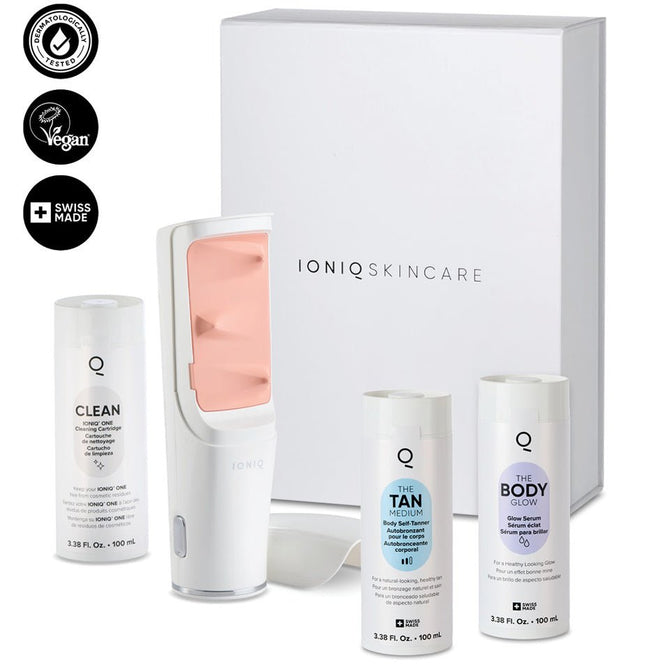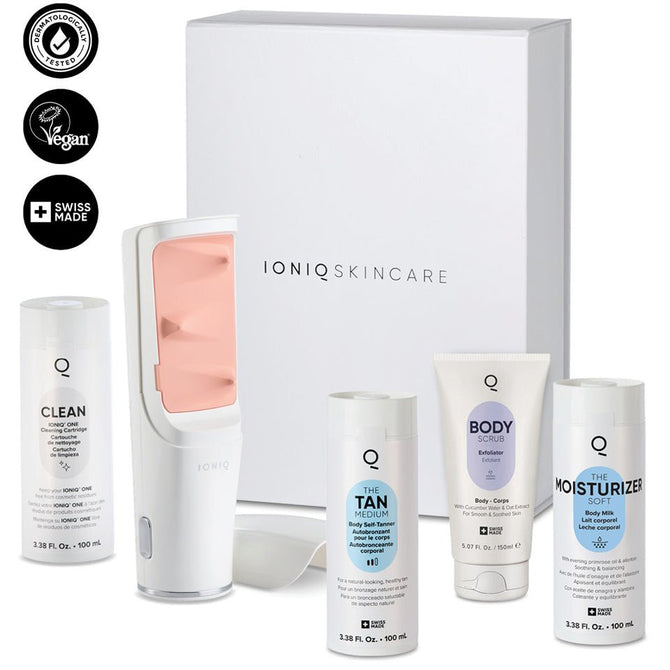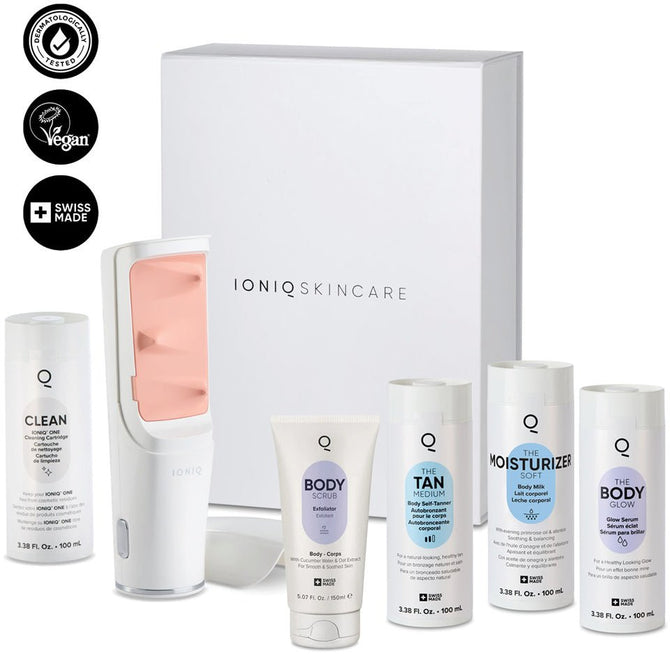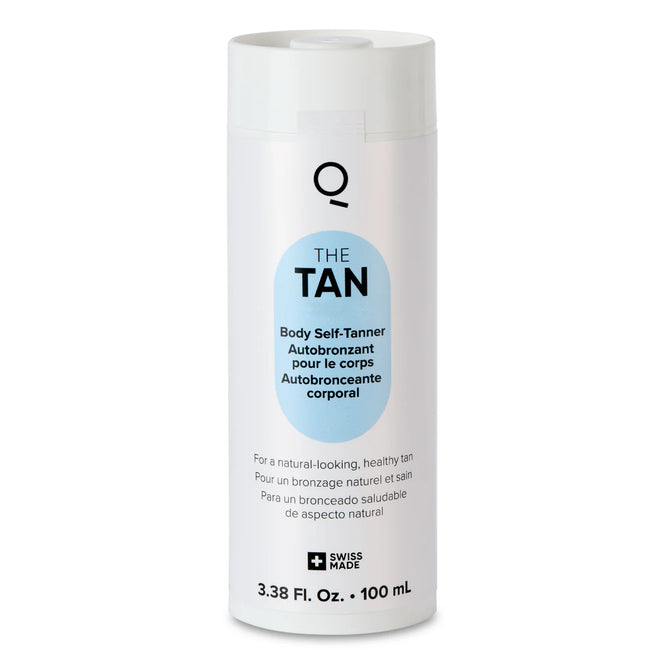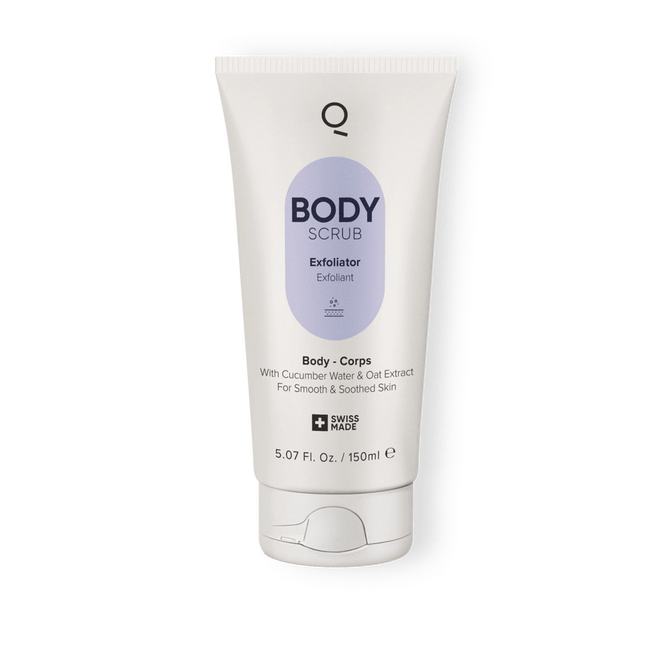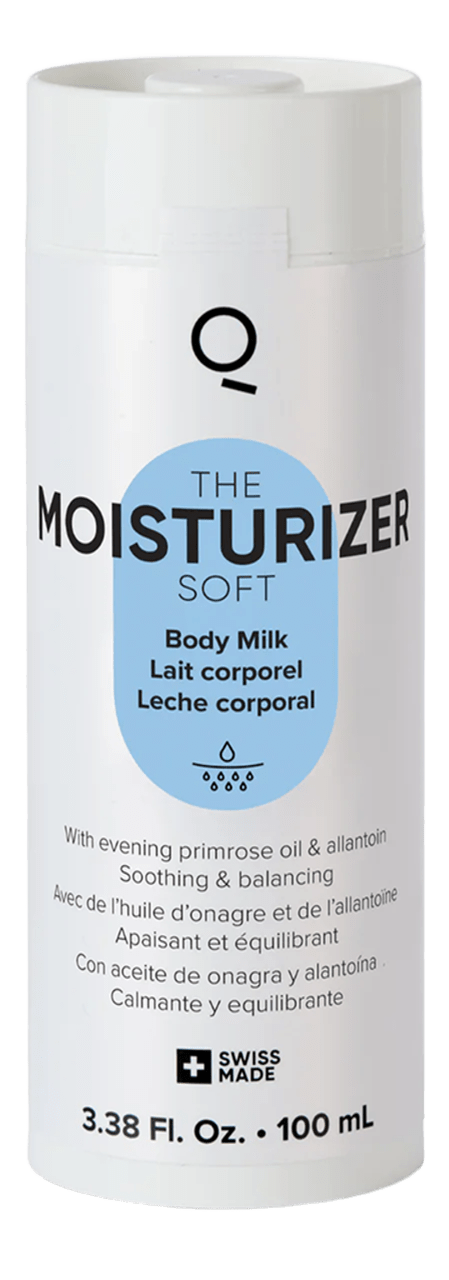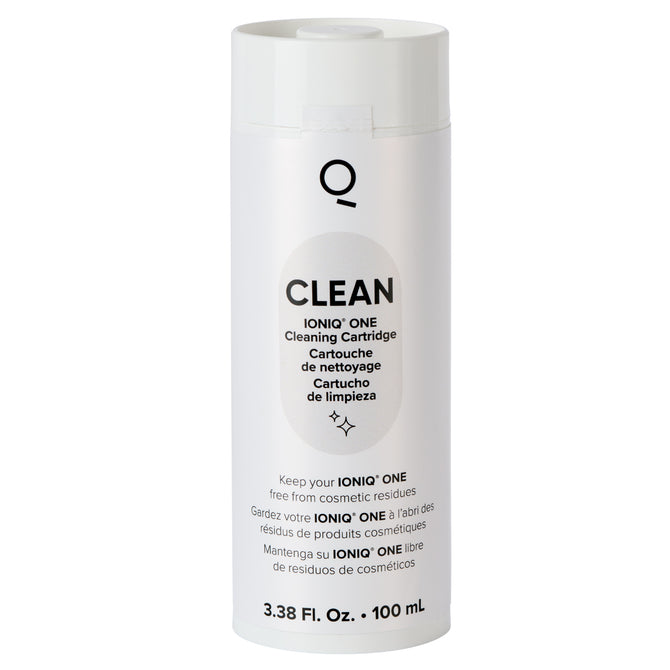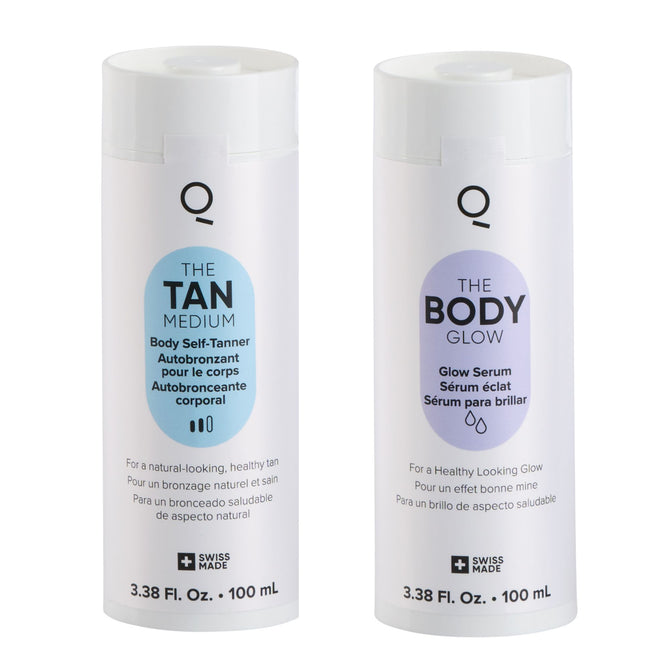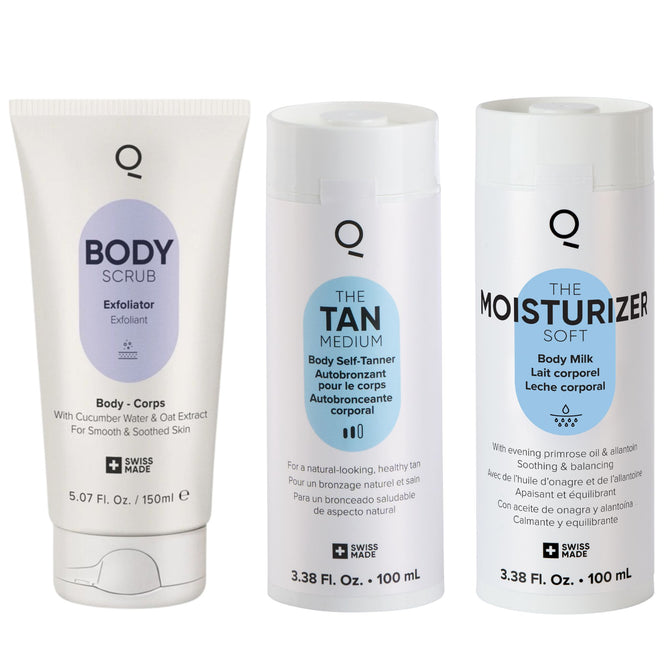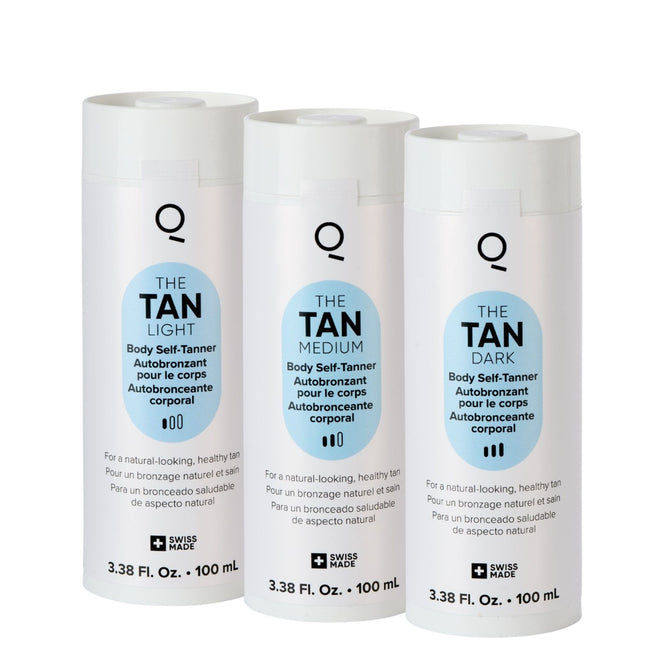
Introduction: The Burning Question About Tanning Beds
Do tanning beds cause cancer? It’s a question that keeps coming up for good reason. With indoor tanning still popular in many places, and skin cancer rates continuing to rise, more people are starting to wonder how real the danger is. Spoiler alert: it’s very real.
From the very first session, your skin is under attack. That golden tan might look healthy, but it’s actually a sign of damage. This article dives deep into how tanning beds affect your body, how they contribute to cancer, and why switching to smarter solutions—like the IONIQ ONE Sprayer + TAN, an at-home spray tan system —is the better move.
Why This Topic Deserves Serious Attention
Tanning beds aren’t just cosmetic tools. They’re Class 1 carcinogens, in the same category as tobacco and asbestos. That’s not just speculation. It’s backed by major health organizations, including the World Health Organization, the CDC, and the American Academy of Dermatology.
If you’ve asked yourself, "how likely is it to get skin cancer from a tanning bed," the answer is: much more likely than you think. Thousands of skin cancer cases every year can be traced directly to indoor tanning.
How Tanning Beds Work
Tanning beds use UV lamps that emit both UVA and UVB radiation. These rays penetrate your skin, triggering melanin production, which causes a tan. But this process also damages your DNA.
Each session might only take 10–15 minutes, but that’s all it takes to start causing long-term harm. That’s how fast tanning bed cancer damage can begin.
What Happens to Your Skin During a Session
-
UVB rays burn the outer layer of skin
-
UVA rays penetrate deep into the dermis
-
Collagen breaks down
-
Skin cells suffer DNA damage
And the more you tan, the more damage you stack up.
UVA and UVB Radiation Explained
-
UVA rays: deeper penetration, aging, and DNA mutation
-
UVB rays: surface burns, redness, and skin peeling
Together, they create the perfect storm for cancer to take hold.
How Indoor Tanning Differs from Natural Sun Exposure
You may have heard that tanning indoors is "safer" than tanning in the sun. It’s not. Tanning beds actually expose you to more concentrated UVA radiation than natural sunlight, increasing your risk dramatically.
If you’re wondering about tanning bed skin cancer statistics, consider this: people who use tanning beds before age 35 increase their risk of melanoma by 75%.
Indoor tanning also eliminates the body's natural response to danger. When you’re outside, you feel heat and discomfort, giving you cues to seek shade. In a tanning bed, you’re exposed to concentrated UV without those warning signals.
That’s why tanning beds are worse. They’re misleadingly efficient at delivering the kind of radiation that causes cancer.
What Is Cancer and How Does It Develop?
Understanding Skin Cells and Mutations
Cancer begins when cells grow uncontrollably. Normal skin cells follow a life cycle: they grow, divide, perform their function, and die. But UV radiation can disrupt this pattern.
DNA mutations, caused by UV exposure, allow damaged cells to multiply rather than self-destruct. These rogue cells form tumors, which can become cancerous.
So when we ask, “do tanning beds cause cancer,” the answer lies in this mutation process. Tanning bed cancer isn’t just a possibility—it’s a direct result of what UV radiation does at the cellular level.
The Role of DNA Damage
DNA is your body’s instruction manual. Every time you expose your skin to a tanning bed, you risk altering the instructions your cells rely on.
Damaged DNA may not repair properly. Over time, repeated exposure to tanning beds compounds the risk, creating the ideal conditions for skin cancer to form.
What Triggers Cancerous Changes?
-
Repeated UV exposure
-
Inadequate cellular repair
-
Weakened immune system response
UV light doesn’t just tan you—it scars your skin’s genetic material. That’s what leads to tanning bed cancer. It’s not just about visible burns or premature aging—it’s about permanent damage deep inside your cells.
Types of Skin Cancer Linked to Tanning Beds
When people ask, "do tanning beds cause cancer," what they’re really asking is—what kind? The answer isn’t just one. Tanning bed cancer can show up in different forms, and each comes with its own set of risks and consequences.
Melanoma: The Most Dangerous Skin Cancer
Melanoma starts in the cells that produce pigment (melanocytes). It’s the deadliest form of skin cancer because it spreads fast. Early detection is crucial, but prevention is even more powerful.
Tanning beds increase your risk of melanoma more than sun exposure because they concentrate UVA rays, which penetrate deeper into your skin.
Tanning Bed Skin Cancer Statistics (Melanoma):
-
Indoor tanning before age 35 increases melanoma risk by 75%
-
Women under 30 who tan indoors are six times more likely to develop melanoma
This form of cancer doesn’t always appear where you expect. While people often check their faces or arms, melanoma can develop on less-exposed areas like the back or legs—especially in people who use tanning beds.
Basal Cell Carcinoma: The Most Common
Basal cell carcinoma (BCC) is the most frequent type of skin cancer. It starts in the basal cells, which are in the lower part of the epidermis. While BCC is rarely fatal, it can be disfiguring if untreated.
Frequent tanning is a direct contributor. UV radiation mutates the DNA in basal cells, prompting abnormal growth. This connection is at the heart of why the answer to "do tanning beds cause cancer" is a resounding yes.
Symptoms to watch for:
-
Pearly or waxy bumps
-
Flat, flesh-colored lesions
-
Sores that don’t heal
Squamous Cell Carcinoma: The Often Overlooked Threat
Squamous cell carcinoma (SCC) is less talked about but just as important. It begins in the flat squamous cells on the skin’s surface and can spread to deeper tissues and organs if left untreated.
Tanning beds accelerate the risk of SCC due to cumulative UV exposure. Each session chips away at your skin’s natural defenses, and over time, that leads to mutations in squamous cells.
If you notice:
-
Scaly patches
-
Open sores
-
Red nodules.. see a doctor. These are possible signs of SCC.
When assessing how likely is it to get skin cancer from a tanning bed, it’s not a question of "how likely"—but how soon and what type. The longer and more frequently you tan, the higher your odds.
Tanning Beds and Melanoma: A Closer Look
Melanoma deserves special attention because of how dangerous and unpredictable it can be. And it’s the type of cancer most strongly linked to indoor tanning.
So, how likely is it to get skin cancer from a tanning bed? Consider this:
-
Melanoma is the second most common cancer in women aged 15–29
-
90% of melanomas are linked to UV exposure
-
Indoor tanning users face significantly higher risks than non-users
What makes tanning bed cancer more deceptive is that melanoma often develops in places that haven’t even been exposed to natural sunlight. That means UV exposure from tanning beds can trigger systemic effects.
Even a single indoor tanning session increases your risk. Repeated sessions compound the damage. Every exposure is a roll of the dice.
If your goal is a golden glow, there are safer ways to get it. Devices like the IONIQ ONE Sprayer + TAN deliver beautiful, even tans with zero UV radiation. No cancer risk. No DNA damage. Just results.
Who Is Most at Risk?
When addressing whether tanning beds can cause cancer, it’s important to consider who is most at risk. While no one is immune to tanning bed cancer, some groups are far more vulnerable than others.
Teens and Young Adults
Young people who use tanning beds are in the highest risk category. Their skin is more sensitive, and early UV exposure means more time for damage to develop.
-
The earlier tanning begins, the higher the lifetime risk.
-
Using tanning beds before age 20 increases melanoma risk significantly.
-
Adolescents are more likely to ignore early warning signs.
Parents and educators must help teens understand the dangers of tanning bed cancer and why indoor tanning should be avoided.
People with Fair Skin or a Family History of Cancer
-
Individuals with pale skin, light hair, and light eyes are more susceptible to UV damage.
-
A personal or family history of skin cancer raises the stakes even higher.
-
These individuals burn easily and tan poorly, making tanning bed use especially risky.
Fair-skinned individuals wondering how likely it is to get skin cancer from a tanning bed should know that even short-term use can lead to long-term consequences.
Frequent Users and Tanning Addicts (Tanorexia)
Some people use tanning beds obsessively. Known informally as "tanorexia," this pattern of behavior often stems from body image issues or seasonal affective disorder. But the danger is real:
-
Repeated sessions = repeated DNA damage
-
Higher likelihood of ignoring skin changes
-
Compounded risk for all types of skin cancer
For these users, tanning bed skin cancer statistics are even more alarming. The more you tan, the greater your cumulative UV exposure—and the harder it becomes to reverse the damage.
Early Warning Signs of Skin Cancer
If you're wondering about skin cancer from tanning beds symptoms, early detection can make all the difference. While prevention is best, knowing what to look for could save your life.
What to Watch For: ABCDE Rule and Beyond
Melanoma often shows up as a mole that looks or behaves differently than others. Use the ABCDE rule:
-
A – Asymmetry: One half doesn't match the other
-
B – Border: Irregular or blurred edges
-
C – Color: Multiple shades or uneven coloring
-
D – Diameter: Larger than a pencil eraser
-
E – Evolving: Changes in shape, size, color, or symptoms like itching or bleeding
Other symptoms of tanning bed cancer include:
-
New growths
-
Sores that don’t heal
-
Itching or bleeding in an existing spot
When to See a Dermatologist
You should never wait if you suspect something is wrong. Early skin cancer from tanning beds symptoms can be subtle, so:
-
Schedule a skin check at least once a year
-
See a dermatologist immediately for any changes
-
Take photos of moles and lesions to track changes over time
How Often to Get Skin Checks
-
High-risk individuals: every 6 to 12 months
-
Everyone else: at least annually
Skin checks are essential if you've ever used tanning beds—even if it was "just a few times." Every session increases your exposure and your chances of developing tanning bed cancer.
Age of First Use and Cancer Risk
One of the most critical factors in assessing the dangers of tanning beds is how early someone starts using them. The age at first exposure has a massive impact on the likelihood of developing tanning bed cancer later in life.
Younger Start, Higher Risk
If you’ve wondered how likely it is to get skin cancer from a tanning bed, the answer becomes even more troubling the younger you start. Studies show:
-
People who begin tanning before age 35 increase their risk of melanoma by 75%
-
Starting before age 20 can double the risk of non-melanoma skin cancers
-
UV damage accumulates over time, so early exposure builds a foundation for future cancer
Early users often continue the habit, increasing cumulative UV exposure and intensifying tanning bed cancer risks.
Gender Differences in Risk Profiles
Tanning bed use isn’t evenly spread across genders. Women—especially teens and young adults—are far more likely to use tanning beds. This leads to:
-
Higher melanoma rates in young women
-
Increased incidence of basal and squamous cell carcinoma among female users
Males may develop skin cancer at higher rates overall, but young women who use tanning beds make up a disproportionate number of early skin cancer cases. Tanning bed skin cancer statistics reveal a clear gender skew, underscoring the danger of these devices.
Other Cancer Types Linked to Tanning Beds
The question of whether tanning beds cause cancer extends beyond just the skin. While skin cancer is the most obvious and common outcome of UV exposure, researchers are exploring links between tanning bed use and other types of cancer as well.
Ocular Melanoma (Eye Cancer)
UV radiation doesn’t stop at your skin. Tanning beds emit UVA rays that can reach your eyes—even when they’re closed.
-
People who skip protective goggles are at higher risk
-
Prolonged exposure can damage the retina and increase risk of ocular melanoma
-
Eye cancer is rare but extremely serious, and harder to detect early
Protecting your eyes is vital, but the better solution is to skip tanning beds altogether and use UV-free alternatives like IONIQ One Sprayer, an at-home spray tan machine.
Lip and Mucosal Cancers
The skin on your lips is thin and vulnerable. When exposed to UV light in tanning beds, it can become a target for cancerous changes:
-
Squamous cell carcinoma on the lips is often aggressive
-
UV exposure can also damage the lining of the nose and mouth
-
These areas are difficult to monitor, increasing the chance of late detection
While these cancers are less common than melanoma, they are linked to tanning bed exposure and should not be ignored.
Immune Suppression and Secondary Risks
Repeated UV exposure doesn’t just cause direct damage. It also weakens your body’s ability to fight off other diseases:
-
Tanning suppresses immune responses that normally target cancerous cells
-
This can increase susceptibility to infections and other forms of cancer
-
Long-term exposure can have systemic effects beyond the skin
The deeper implication of asking whether tanning beds cause cancer is that they may contribute to a range of health risks—not just skin lesions or burns.
Avoiding tanning beds protects more than your appearance. It safeguards your immune system and reduces your risk of other serious health issues.
The Myth of Safe Tanning
Despite overwhelming evidence that tanning beds are dangerous, the tanning beds industry continues to push myths and misinformation to keep customers coming back. If you're still asking whether tanning beds cause cancer, part of the confusion comes from how tanning beds are marketed.
Debunking "Base Tan" and "Controlled Exposure" Claims
One of the most common tanning beds myths is that a "base tan" can protect your skin from sunburn or reduce cancer risk. This is false.
-
A base tan only provides an SPF of about 3—nowhere near enough to prevent damage
-
Any tan is a sign of DNA damage; it means your skin is responding to injury
-
Controlled exposure is still exposure; there’s no safe amount of UV from tanning beds
No matter how slowly or carefully you tan, you are still accumulating DNA mutations that can lead to tanning bed cancer.
“Safe” Tanning Beds: LED, Red Light, and Lies
Some salons now advertise “safe tanning beds” using LED or red light therapy. These devices may reduce visible UV light, but they are not proven to be safe for cosmetic tanning purposes:
-
Many “safe” beds still emit UV rays
-
Red light does not tan the skin, despite marketing claims
-
LED beds often mix red light with UV light—making them just as risky
The industry relies on confusing language and a lack of regulation. If a tanning bed darkens your skin, it’s causing damage. That’s the bottom line.
What the Industry Doesn’t Want You to Know
Behind closed doors, the tanning industry has fought public health campaigns, downplayed tanning bed cancer risks, and lobbied against regulations:
-
In some regions, tanning beds are still allowed for minors despite health warnings
-
Industry lobbyists have worked to block cancer warning labels
-
Many salons don’t provide full risk disclosure to clients
So when people wonder how likely is it to get skin cancer from a tanning bed, it’s not just the science that matters—it’s also what you’re not being told.
True protection comes from avoiding tanning beds altogether. You don’t need to sacrifice your skin or your health for a tan. Safer solutions like the IONIQ ONE Sprayer + TAN provide the glow without the danger.
Alternatives to Tanning Beds
For those asking whether tanning beds cause cancer, the most responsible next question is: what can I do instead? Fortunately, you don’t have to give up that bronzed glow—just the risk that comes with it. Modern tanning alternatives offer a safe, natural-looking tan without the dangers of UV exposure.
Safe Ways to Get a Tan (Spray, Lotions, Smart Devices)
There are several UV-free options that avoid the tanning bed cancer risk entirely:
-
Spray tans: Professionally applied in salons, these give full-body coverage without UV rays. Expensive, may look unnatural if not applied well, and often fade unevenly.
-
Self-tanning lotions and mousses: Available in stores, they come in various shades and formulas. Application can be streaky or patchy, color transfer onto clothes or sheets is common, often have a strong odor.
-
Tanning drops and gradual moisturizers: Mixed into daily skincare routines, they offer a buildable tan. Results develop slowly, require consistent application for even tone, may not suit all skin types or tones.
-
Smart tanning devices: These include advanced tech like the IONIQ ONE Sprayer + TAN, designed for consistent, salon-quality results at home.
These methods completely eliminate the dangers that fuel questions like "how likely is it to get skin cancer from a tanning bed."
Benefits of Self-Tanning Products Without UV Exposure
UV-free tanning comes with key advantages:
-
No DNA damage
-
No increased cancer risk
-
No sunburns, eye damage, or premature aging
You get the glow without the risk—something tanning beds can never promise.
Innovations Like IONIQ and Smart Spray Systems
Among the best innovations is the IONIQ ONE Sprayer + TAN. Unlike salon beds that cost $620–$1000+ per year, plus time and travel, IONIQ offers:
-
Magnetic Skin Technology for total coverage—even on your back
-
Wrap-around mist with no rubbing, no streaks, no missed spots
-
Aloe-infused, skin-friendly formula that’s vegan and free of silicones, parabens, and sulfates
-
Cordless, 360° usability for full-body tanning in 3 minutes
-
Mess-free application that won’t stain sheets or clothing
-
Bluetooth app to track fill levels, battery, and get personalized tips
It’s a smarter, healthier, and more convenient way to tan—without ever needing to ask whether tanning beds cause cancer, since there’s no UV involved.
Conclusion: Is It Worth the Risk?
Do tanning beds cause cancer? By now, the answer is undeniable. The science is clear, the risks are documented, and the personal stories are too common to ignore. From melanoma to basal and squamous cell carcinomas, tanning beds directly contribute to skin cancer. Every session increases your risk.
Tanning beds also do more than threaten your health:
-
They age your skin faster
-
Weaken your immune system
-
Can lead to eye damage, burns, and disfigurement
-
Cost hundreds annually in salon fees, plus added time and travel
And despite all of this, the tanning industry continues to push false narratives: that controlled exposure is safe, that base tans offer protection, and that red light therapy is a suitable alternative. None of it holds up.
If you’ve ever wondered how likely is it to get skin cancer from a tanning bed, know that it’s not just likely—it’s statistically significant. The earlier you start and the more often you tan, the greater your odds.
But the good news is this: You can choose differently. You can still enjoy a golden glow without stepping into a tanning bed. Tools like the IONIQ ONE Sprayer + TAN are changing how people tan:
-
100% UV-free application
-
Results that last up to 9 days
-
Mess-free, no streaks, and no damage to your skin
With modern technology, there’s no reason to risk your health for a tan.
Tanning beds are outdated. Dangerous. Unnecessary.
Your health, your skin, your confidence—it’s all worth protecting. The real glow comes from smart choices. So, do tanning beds cause cancer? Yes. Is it worth the risk? No.
Choose health. Choose better.




